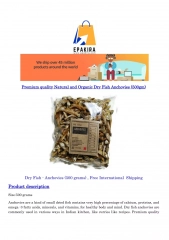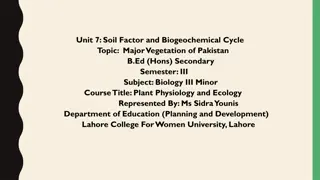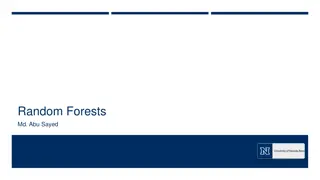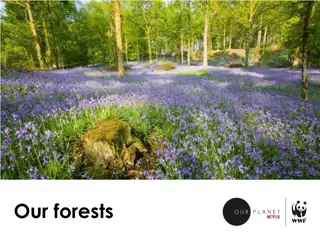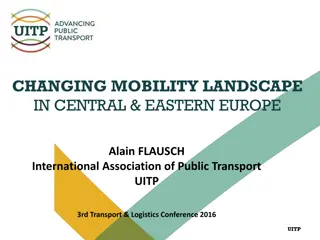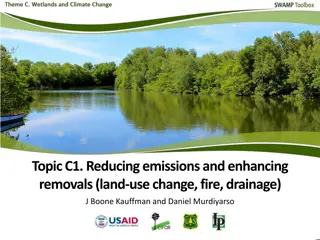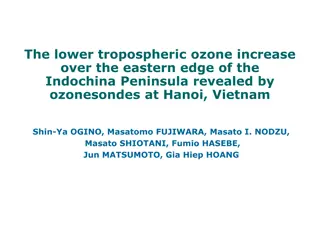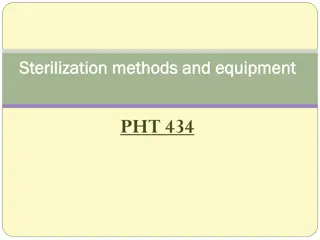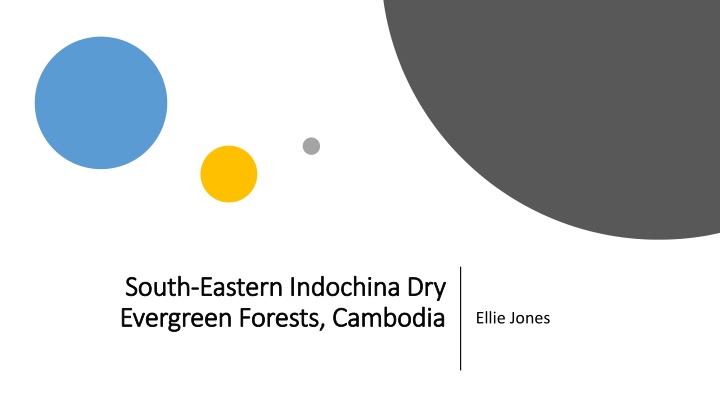
South-South-Eastern Indochina Dry Evergreen Forests
This ecoregion in Cambodia is globally outstanding for its species richness and diverse large vertebrate fauna. It features dry evergreen forests rich in endemic species and notable for their unique floristic structure. The region is home to a variety of mammals, birds, and plant species, with some endangered and near-endemic species present.
Download Presentation

Please find below an Image/Link to download the presentation.
The content on the website is provided AS IS for your information and personal use only. It may not be sold, licensed, or shared on other websites without obtaining consent from the author. If you encounter any issues during the download, it is possible that the publisher has removed the file from their server.
You are allowed to download the files provided on this website for personal or commercial use, subject to the condition that they are used lawfully. All files are the property of their respective owners.
The content on the website is provided AS IS for your information and personal use only. It may not be sold, licensed, or shared on other websites without obtaining consent from the author.
E N D
Presentation Transcript
South South- -Eastern Indochina Dry Eastern Indochina Dry Evergreen Forests, Cambodia Evergreen Forests, Cambodia Ellie Jones
The entire ecoregion is 48,000 square miles, with its WWF conservation status is Critically Endangered. Extensive areas of this ecoregion are in north- eastern Cambodia with a largely deciduous forest canopy. Global 200 - Most of Cambodia is included in the Global 200; my ecoregion is. The South-Eastern Indochina Dry Evergreen Forests are notable for their diverse large vertebrate faunas (Corbett & Hill, 1992; Stewart-Cox, 1995). About There is high species richness and high biodiversity, but low endemism.
How relevant is the Wilderness Concept? South East Cambodia has a region called the Srepok Wilderness area, a lowland dry forest which runs through to Vietnam. Within the Dry evergreen forest ecoregion there is no wilderness area, but just dense canopies. (Yellow section is the eco region)
Although dry evergreen forests have floristic relationships to lowland Indo-Malaysian forest communities, they exhibit a unique floristic structure that is rich in species endemic to mainland southeast Asia. There are few local endemics (WWF). Biodiversity Features The ecoregion is globally outstanding for species richness. The known mammal fauna of 160 species includes tiger, Asian elephant, douc langur, red-cheeked gibbon, pileated gibbon, Malayan sun bear, clouded leopard, common leopard, gaur, banteng, Javan rhinoceros, Eld's deer, and southern serow. 720 bird species, 240 reptiles species and over 2,300 species of vascular plants (Ashwell 1994; UNDP 2994). Species Richness
Cambodia is in the top 50 most plant-rich countries but data on endemism here is missing. Endemic Mammal Species Dendrogale murina (Smooth tailed treeshrew) The douc langur and the murid Maxomys moi are near endemics. Endemism (Range limited to this ecoregion) Endemic Bird Species The endangered Orange-necked partridge (Arborophila davidi) (The Germain's peacock-pheasant Polyplectron germaini) and the Grey-faced tit-babbler (Macronous kelleyi) are near endemics. (Caldecott et al. 1996; WWF 2019)
The canopy of semi-evergreen forests generally is multi-layered and reaches about 30-40 m, with an open structure. Dipterocarps are a major component of the forest structure and form emergent tree canopies with such species as Dipterocarpus alatus, D. costatus, Hopea odorata, Shorea guiso, S. hypochra, and Anisoptera costata. Anisoptera costata is Endangered on the IUCN Red List (Nguyen et al. 2020) Other giant emergents are species of Ficus, Tetrameles nudiflora, and Heritiera javanica, each forming large buttresses. High biodiversity but low endemism. Forest Structure (WWF 2019)
WWF - https://www.worldwildlife.org/ecoregions/im0210 Caldecott, J. O., Jenkins, M. D., Johnson, T. H., & Groombridge, B. (1996). Priorities for conserving global species richness and endemism. BIODIVERSITY AND CONSERVATION, 5(6), 699 727.doi:10.1007/bf00051782 Nguyen, H.N., Vu, V.D., Luu, H.T., Hoang, V.S., Pooma, R., Khou, E., Nanthavong, K., Newman, M.F., Ly, V. & Barstow, M. 2017. Anisoptera costata . The IUCN Red List of Threatened Species 2017: e.T33166A2833752. https://dx.doi.org/10.2305/IUCN.UK.2 017-3.RLTS.T33166A2833752.en. Downloaded on 12 March 2020. UNDP (1994), Global Environment Facility Project Brief. UNDP, Phnom Penh. Ashwell, D. (1994) State of the environment - Cambodia's biological diversity. Unpubl. paper submitted as IUCN contribution to State of the Environment Report (Ministry of Environment). References Is the info reliable Critical appraisal
South South- -Eastern Indochina Eastern Indochina Dry Evergreen Forests, Dry Evergreen Forests, Cambodia Cambodia Ellie Jones
General In Cambodia, numerous powerful drivers of land-use change threaten the remaining natural forest (Davis et al. 2015) and the livelihoods of local communities living on the forest periphery (Pasgaard and Chea 2013). Investing in agricultural land has increased rapidly in the last two decades (Cotula et al. 2009; Kugelman and Levenstein 2012), particularly for Rubber and Palm oil.
Technological factors - land use intensification for Rubber plantations; since mid 2000s, global demand for natural rubber has primarily been the result of the growth of the Chinese tyre and automotive industry. In a study published in Nature Plants, Kenneth Grogan from the University of Copenhagen used high resolution satellite data to estimate the amount of cleared woodland in Cambodia that has had to give way to rubber trees and palm oil plantations since the turn of the millennium. According to the researchers, more than 2.2 million hectares 24% of Cambodia's woodland were destroyed between 2001 and 2015. Almost one quarter of the cleared land was used to plant Hevea brasiliensis a species of rubber tree not native to Cambodia. Underlying Underlying Causes Causes
Proximate causes Proximate causes Social trigger event. Agent Orange, mixture of herbicides that U.S. military forces sprayed in Vietnam from 1962 to 1971 during the Vietnam War for the dual purpose of defoliating forest areas that might conceal Viet Cong and North Vietnamese forces and destroying crops that might feed the enemy. This led to deforestation, but also a number of health effects and deformities in babies.



